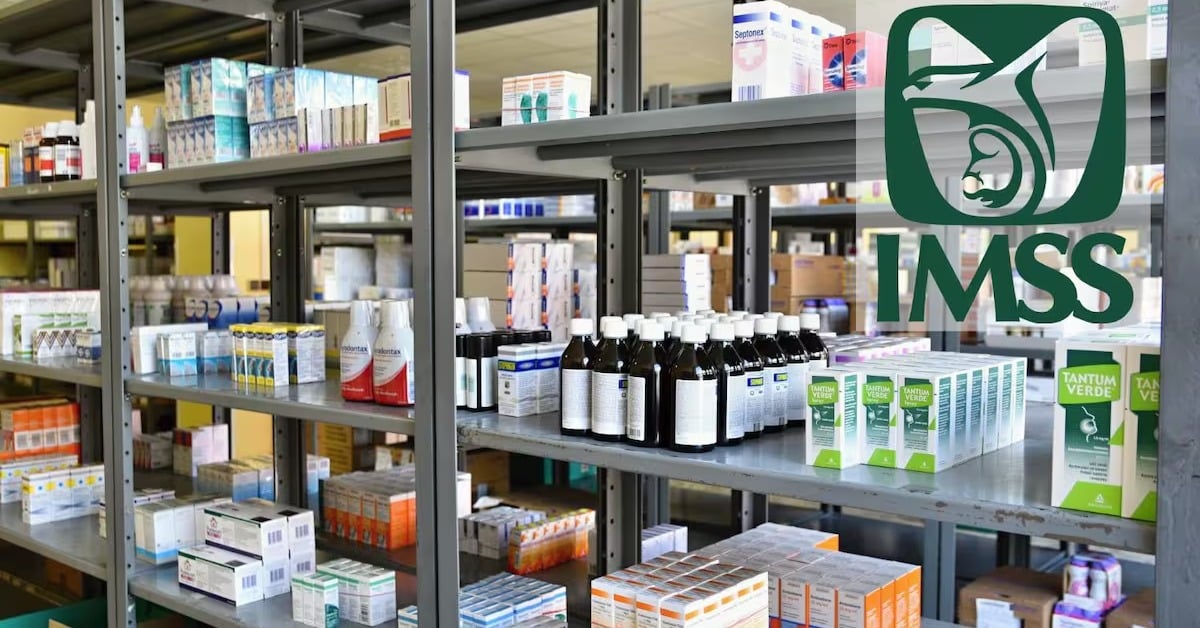Mexico’s Health Ministry reports a 96% fulfillment of medicine needs for 2025-2026 across IMSS, ISSSTE, and Bienestar networks, as billions of doses are procured to end drug shortages in public hospitals . . .


Mexico’s Health Ministry reports a 96% fulfillment of medicine needs for 2025-2026 across IMSS, ISSSTE, and Bienestar networks, as billions of doses are procured to end drug shortages in public hospitals . . .
